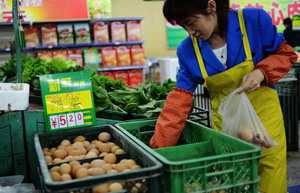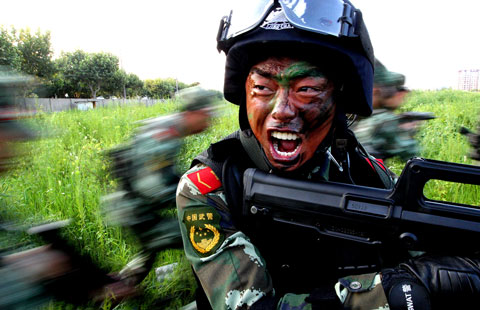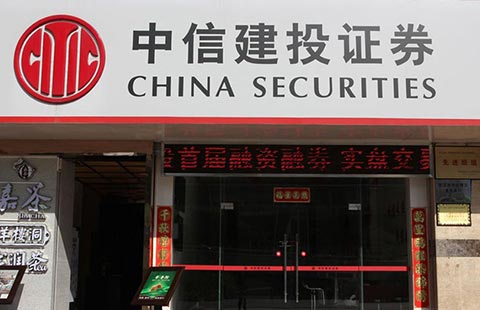
After robust growth at an average annual rate of nearly 10 percent over the past 30 years, the Chinese economy has expanded into the world's second largest, and is gradually losing its heavy dependence on exports and investment as it pushes for quality and efficiency in its products.
Undoubtedly, economic transformation in any country will take time and take a toll.
As President Xi Jinping said recently, China should adapt to new norms for its economic growth and stay cool-headed about the slowdown, as should other countries.
The Chinese government has released a series of economic reform policies and attached great significance to the prevention of various risks for its economy. It has also taken timely countermeasures to reduce potential negative effects.
The State Council, China's cabinet, issued a key document Friday on promoting healthy development in the domestic capital market. It maps out guidelines for reform, development and supervision of China's stock, bond and fund markets.
The release of the new document, also known as the "New Nine-Article Cabinet Document", marks the birth of a program for protecting the interests of small investors on China's capital market.
On Wednesday, the State Council announced an acceleration in the development of production-oriented service industries in a bid to step up industrial restructuring and support economic growth.
Priority will be given to the development of research and design, commercial services, marketing and after-sales services, and will be driven by the market and innovation, according to an executive meeting of the State Council chaired by Chinese Premier Li Keqiang.
New normal state for Chinese economy
China's economy will continue to grow
View downward pressure on China's economy correctly
Services to give economy long-term boost
|
 |
 |
| Top 10 countries with highest GDP in 2013 |








